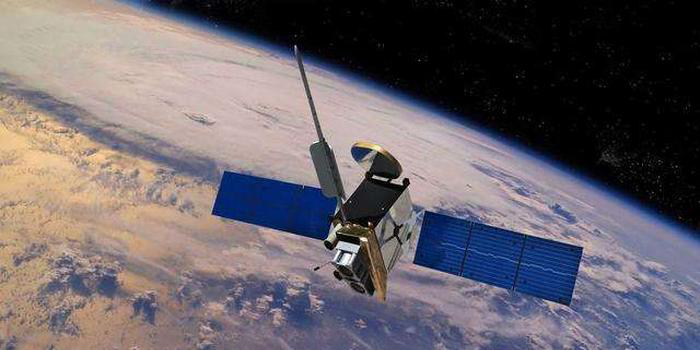Principles of application of the GPS satellite system

In the test frame of the GPS satellite GPS satellite is developed by the space department of Rockfair International Corporation, the satellite weighs 774kg, the service life of 7 years. Satellite honeycomb structure, the main body was column-shaped, diameter 1.5 m. Satellite two sides are equipped with two double-leaf solar cell solar panels directed to the sun (BLOCK I), a total length of 5.33 m to accept daylight area of 7.2 m2. Directed to the sun system to control the two wings of the battery sail rotating, so that the board is always aligned with the sun, for the satellite to continuously provide power, and to the three groups of 15Ah cadmium-nickel batteries to charge, in order to ensure that satellite can work normally in the shadow part of the earth. A 12-unit multibeam directional antenna is mounted on the bottom of the body of the star, capable of transmitting signals in two L-bands (19cm and 24cm waves) at an angle of about 30 degrees. Omni-directional telemetry antennas are mounted on both sides of the body for communication with the ground monitoring network. In addition the satellite is equipped with an attitude control system and an orbit control system in order to keep the satellite at the proper altitude and angle to accurately align the satellite to the visible ground.
As can be seen from the working principle of the GPS system, the higher the accuracy of the on-board clock, the higher its positioning accuracy. Early experimental satellites used a quartz oscillator developed by Hopkins University, with a relative frequency stability of 10 − 11/day. After 1974, gps satellites used rubidium atomic clocks, the relative frequency stability reached 10 − 12/day, error 8m. 1977, BOKCK II type used cesium atomic clocks developed by Maas Frequency and Time Systems Company, the relative frequency stability reached 10 − 13/day, the error is reduced to 2.9m. 1981, Hughes Company developed a relative stable frequency of 10 − 13/day, error is reduced to 2.9m. In 1981, Hughes developed a hydrogen atomic clock with a relatively stable frequency of 10 − 14/day, which enabled the BLOCK IIR satellite to have an error of only 1m.














